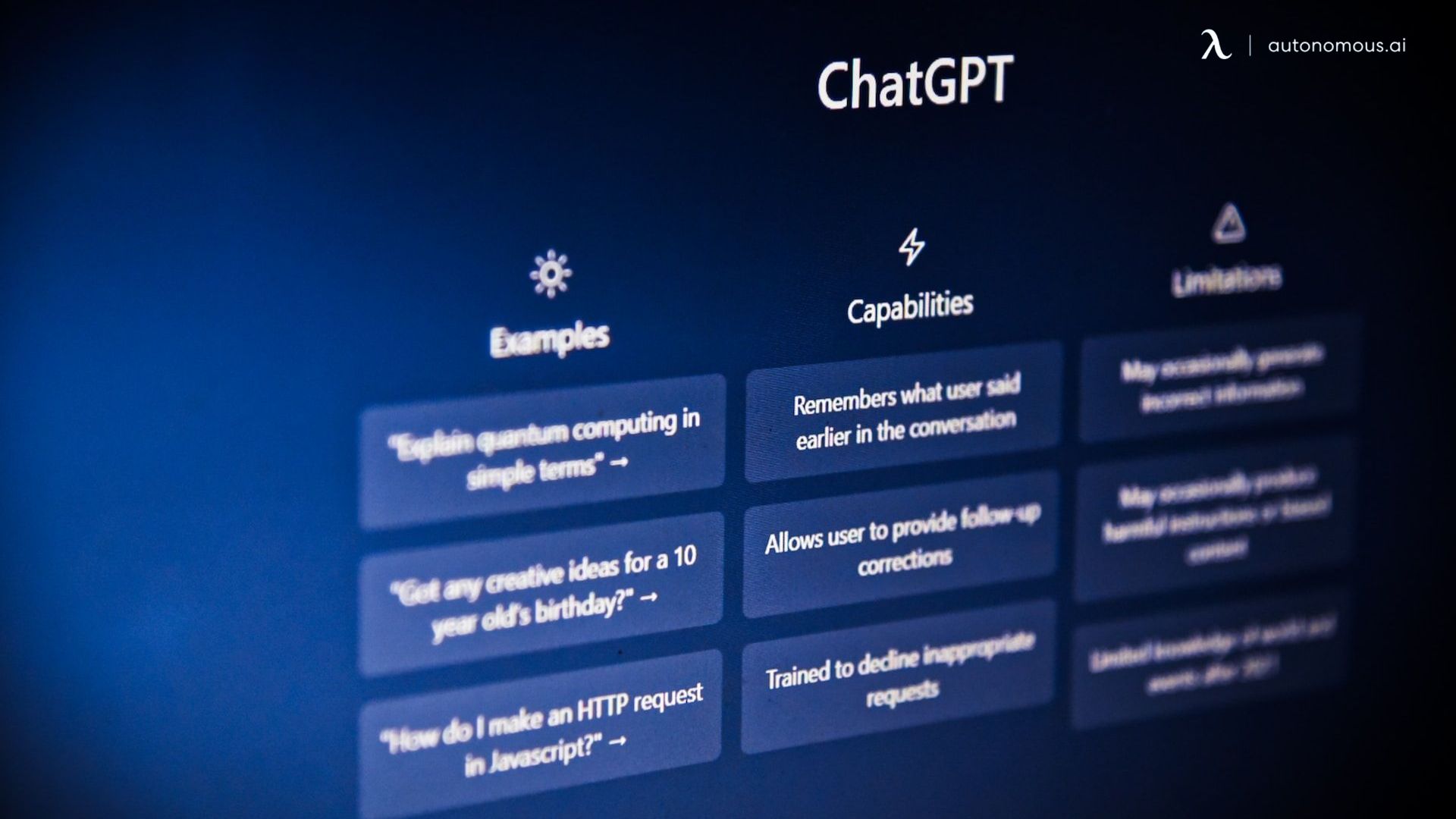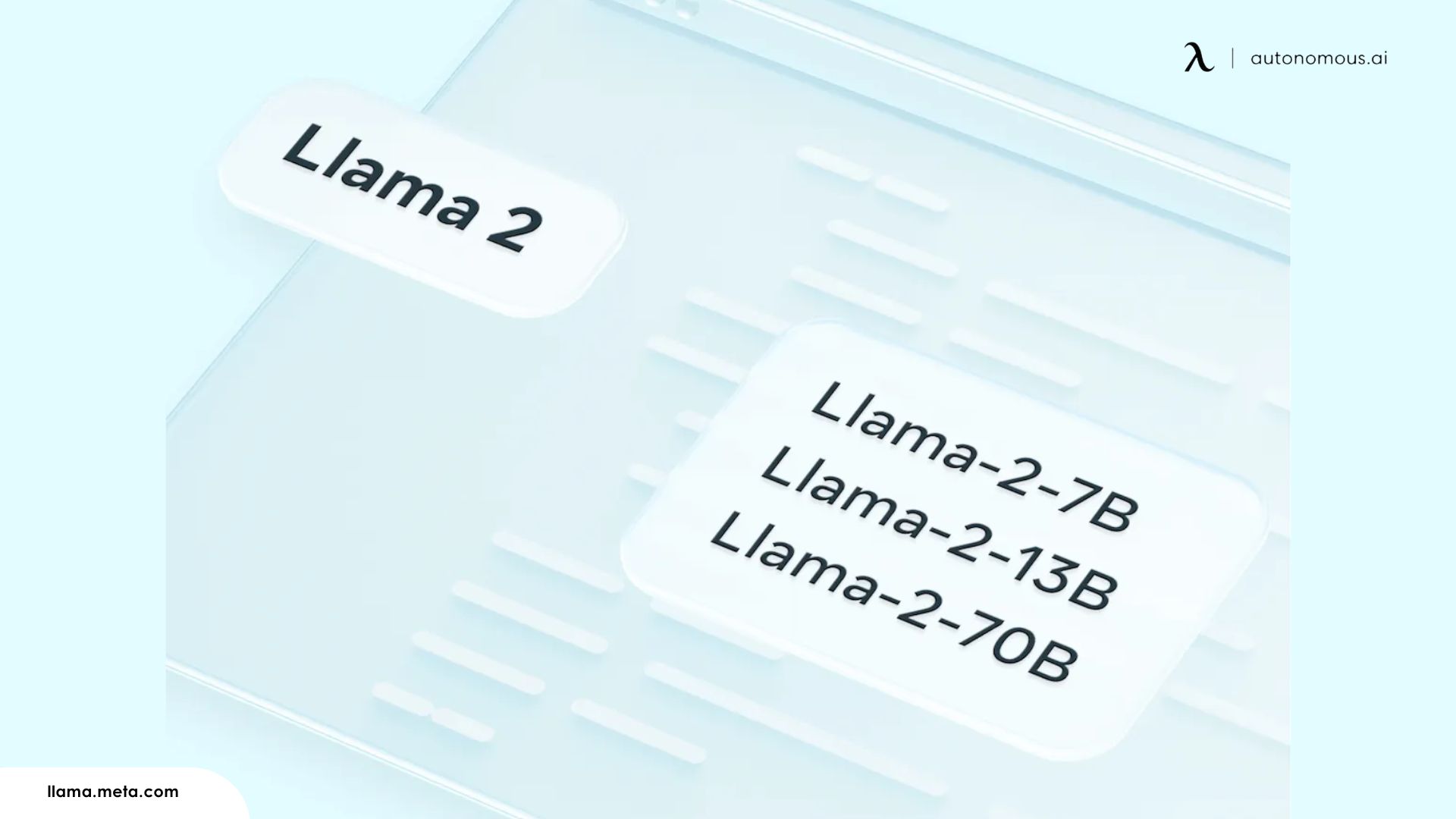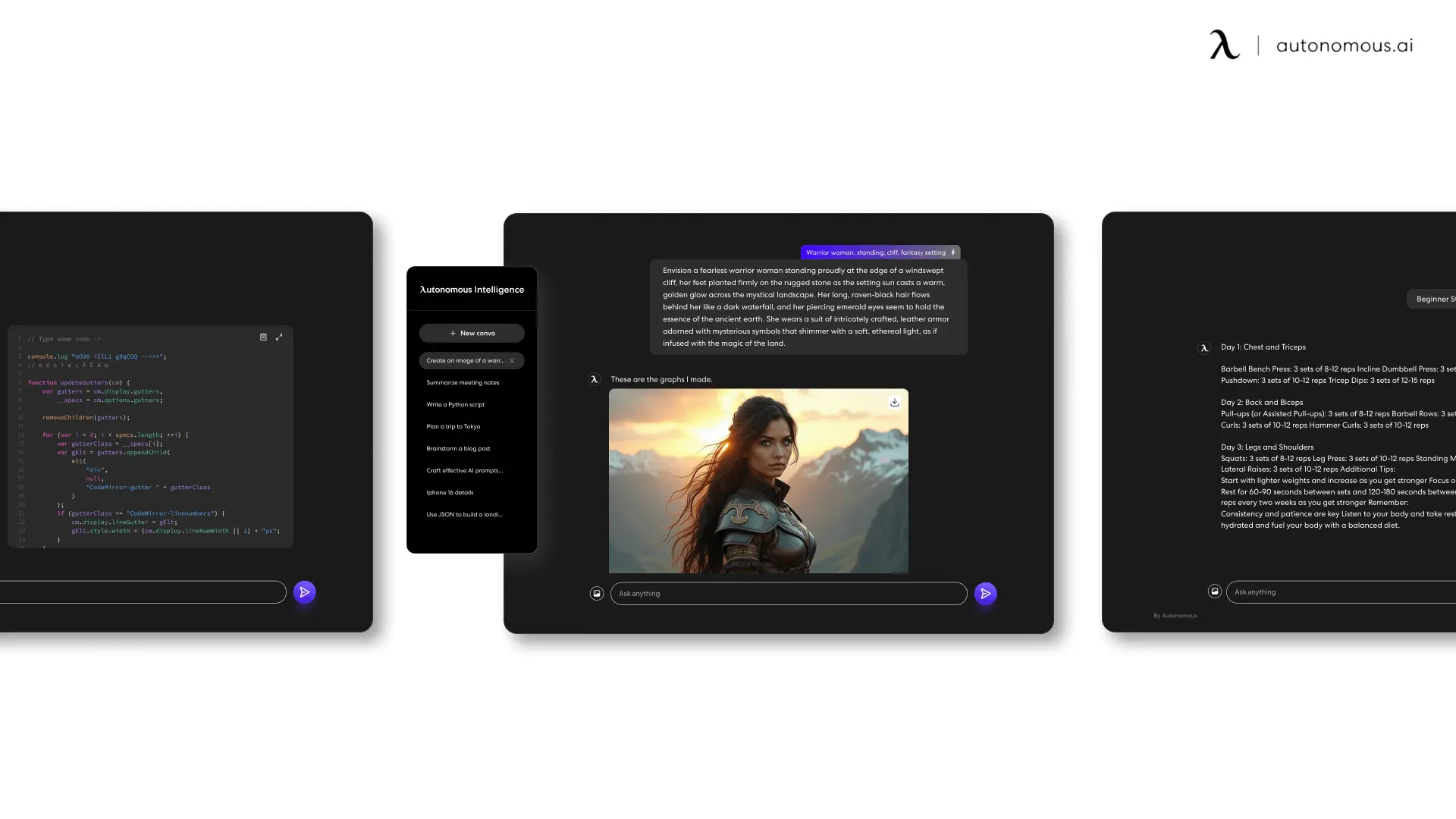
AI Language Models: Meaning, Types, and Future Impact
Table of Contents
AI language models have become a cornerstone of modern artificial intelligence, driving advancements in communication, productivity, and creativity. But what is an AI language model, and how do they work? In this guide, we’ll explore the meaning of AI language models, their types, and real-world examples, along with a glimpse into their future potential. We’ll also highlight the best AI language models in 2025 and how they’re shaping industries today.
1. What is an AI Language Model?
At the core of many advanced applications in artificial intelligence lies the AI language model. An AI language model is a type of artificial intelligence designed to understand, generate, and process human language. These models are trained on vast amounts of text data and use sophisticated algorithms to learn patterns, context, and the structure of language.
AI models like GPT and BERT have made significant strides in creating highly advanced conversational AI, text generation tools, and coding assistants. These models serve as the backbone of many applications today, including AI tools for writing and content generation platforms.
1.1. The Evolution of AI Language Models: From Basics to Transformers
Artificial intelligence language models have come a long way from their humble beginnings. Early models relied on rule-based systems that followed simple predefined rules for language processing. Over time, statistical models such as n-grams and Markov chains were developed, allowing AI to better predict and understand language patterns.
The introduction of neural networks and deep learning transformed the field, allowing models to learn more complex language structures. The real breakthrough came with the introduction of Transformer architecture in 2017, which enabled models to handle large-scale language tasks efficiently. Transformers such as GPT (Generative Pre-trained Transformer) and BERT (Bidirectional Encoder Representations from Transformers) became the foundation for the next generation of AI language models.
Today, these models are used in a wide range of applications, from chatbots to AI tools for coding.
As AI language models continue to evolve, the future holds exciting possibilities. Here are a few trends to watch:
- Increased Context Understanding: Future models will have better memory and reasoning, allowing for deeper and more contextually aware conversations.
- Multimodal AI: Integration of text, image, and even video capabilities will allow models to interpret and generate content across different mediums.
- General AI: The development of Artificial General Intelligence (AGI) could enable machines to perform any intellectual task a human can.
Open-source models like Google Gemma are paving the way for more democratized access to AI technologies, fostering innovation across industries.
1.2. Types of AI Language Models and Their Real-World Applications
There are various types of AI language models, each designed for specific tasks. Here are some of the most common types:
- Pre-trained Models: Models like GPT are pre-trained on massive datasets and fine-tuned for specific tasks such as text generation, summarization, and AI translation.
- Multilingual Models: These models, such as mT5 and XLM, are trained to understand and generate multiple languages, making them ideal for global communication.
- Conversational Models: These are models like OpenAI’s GPT-4, which power chatbots and virtual assistants capable of engaging in real-time conversations with users.
Language models are also integrated into more specialized applications, such as AI tools for logo design, which assist in automating the creative process. They’ve become essential in automating various tasks, including paraphrase AI tools for content rephrasing. If you're looking to quickly digest large amounts of information, AI tools to summarize content are invaluable for condensing articles, PDFs, and videos into concise summaries. For designers looking to enhance their creative process, AI tools for interior design offer innovative solutions to visualize spaces, generate design ideas, and optimize layouts.
1.3. AI Language Models in Everyday Life
The impact of AI language models is evident in various tools that we use daily, improving both personal productivity and business processes. Here’s how they’re integrated into everyday life:
- Virtual Assistants: Tools like Siri, Alexa, and Google Assistant rely on AI language models to interpret and respond to user queries.
- Content Generation: Language models help automate writing tasks, from articles to social media posts. Tools such as AI tools to generate images or free AI image generators combine language models with image generation to create unique visual content.
- Customer Support: Chatbots powered by conversational AI provide real-time responses to customer inquiries, offering quick and personalized solutions.
AI language models are also used in education, enhancing learning environments through personalized tutoring systems. Tools like AI tools for teachers make learning more interactive and accessible for students around the world.
1.4. AI Language Models and Creativity: Unlocking New Possibilities
Language models have expanded their reach beyond business applications and into the creative realm. From AI-generated poetry and stories to music and art, AI language models are pushing the boundaries of human creativity.
- Writing and Content Creation: Models like GPT-4 are helping writers generate drafts and ideas, saving time and boosting creativity.
- Visual Art: Integrating language models with image generation tools allows creators to visualize concepts from text. Tools like stable diffusion are changing the art industry by merging human creativity with AI capabilities.
While AI cannot replicate human intuition and emotional depth, it provides a powerful foundation for collaborative work, allowing humans to focus on more complex aspects of creativity.
1.5. AI Language Models in Healthcare
Healthcare is one of the most promising fields where AI language models are making a significant impact. Here are a few ways they’re transforming the industry:
- Diagnostics: AI models assist in analyzing patient data and providing diagnostic suggestions based on patterns learned from large medical datasets.
- Patient Interaction: Conversational AI models are improving patient communication, helping doctors explain complex medical terms in simpler language.
- Medical Research: AI-powered tools are helping researchers process vast amounts of data, offering summaries and insights for more informed decision-making.
As healthcare continues to adopt these technologies, AI language models will play a pivotal role in improving patient care and optimizing medical processes.
2. The Best AI Language Models in 2025
2.1. GPT-4 by OpenAI
GPT-4, the latest iteration in the GPT series, is one of the most advanced AI language models available today. Developed by OpenAI, GPT-4 has taken text generation, conversational AI, and coding to new heights. It is pre-trained on a massive dataset and fine-tuned for various applications, making it versatile across industries.
- Text Generation: GPT-4 can generate human-like text, write articles, create marketing content, and even code.
- Conversational AI: It excels in real-time conversations, making it perfect for chatbots and virtual assistants.
- Multimodal Capabilities: GPT-4 can interpret text and images, making it a versatile tool for creative tasks.
GPT-4 is widely used in writing assistants, coding tools, and chatbots, helping businesses automate content generation and improve customer support. If you're looking for AI tools similar to ChatGPT, there are a variety of powerful alternatives that provide unique capabilities for text generation, conversation, and problem-solving. Many of these AI tools like ChatGPT offer enhanced features for coding, content creation, and personalized assistance.

2.2. BERT by Google
BERT (Bidirectional Encoder Representations from Transformers) is a state-of-the-art language model developed by Google. Unlike other models, BERT processes words in relation to all the other words in a sentence, allowing it to capture context better.
- Contextual Understanding: BERT excels at understanding the context of words within a sentence, making it perfect for tasks like search engine queries and language comprehension.
- Bidirectional Processing: Unlike traditional models, BERT reads text in both directions, enhancing its ability to grasp meaning and context.
BERT powers Google’s search engine and is used in natural language processing (NLP) tasks across industries. It’s particularly useful in summarizing documents, text classification, and question-answering systems.
2.3. LLAMA by Meta
LLAMA (Language Learning Model AI) is Meta’s open-source AI language model that focuses on both text and image generation. With its emphasis on privacy and security, LLAMA AI is designed to operate efficiently without relying heavily on external servers.
- Privacy-Focused: LLAMA ensures data security, making it ideal for applications where user privacy is a priority.
- Multimodal Capabilities: Like GPT-4, LLAMA handles both text and image generation, expanding its use cases to include creative industries and digital marketing.
- Open Source: LLAMA’s open-source nature allows developers to experiment and customize it for various tasks.
LLAMA is particularly useful for companies and individuals who want to build customized AI solutions.

2.4. mT5 by Google
mT5 is the multilingual variant of Google’s T5 (Text-to-Text Transfer Transformer) model. It is designed to handle text across multiple languages, making it a global solution for businesses looking to expand their reach.
- Multilingual Support: mT5 is trained on a massive multilingual dataset and supports over 100 languages.
- Text-to-Text Framework: It can perform a wide range of tasks, including translation, summarization, and question-answering, all within a single model.
- Fine-Tuning: Like other T5 models, mT5 can be fine-tuned for specific tasks and languages.
mT5 is invaluable for companies that need to manage content in multiple languages. It’s widely used in translation tools, global customer service chatbots, and cross-cultural communication.
2.5. Google PaLM
PaLM (Pathways Language Model) by Google is a next-generation AI model designed to handle more complex language tasks. It represents Google’s vision for a more generalized AI model that can perform multiple tasks with higher accuracy.
- Advanced Reasoning: PaLM excels at tasks requiring deep reasoning and understanding, such as logical problem-solving and complex query answering.
- Few-Shot Learning: The model can perform well on new tasks with very few examples, making it highly efficient for customization.
- Wide Applicability: PaLM can handle a variety of tasks, including text generation, summarization, and even generating code snippets.
Google PaLM is used in more advanced applications, such as scientific research, data analysis, and complex problem-solving environments. It’s also expected to play a crucial role in developing more accurate summarization tools and reasoning-based systems.
2.6. Anthropic's Claude 2
Claude 2 is a next-gen AI language model developed by Anthropic, a company focused on creating safer AI systems. Claude models are known for their alignment with human values, offering more ethical and transparent outputs.
- Human-Aligned: Built with safety in mind, Claude models produce outputs that are consistent with ethical guidelines, making them less prone to biased or harmful content.
- Multimodal Integration: Like its competitors, Claude models handle multiple input types, including text and images.
- Transparency and Explainability: Claude models are designed to explain their outputs, offering users a transparent view into how decisions are made.
Claude 2 is especially useful in sectors like legal and ethical AI deployment, customer service, and content moderation. It’s part of a movement toward creating safer, more ethical AI systems that can work in harmony with human values.
Anon: AI-Driven Collaboration and Privacy
As powerful as these AI language models are, their true potential is unlocked when combined with collaborative tools. Enter Anon, an AI-driven collaboration platform that revolutionizes teamwork. Whether you're a startup or an enterprise, Anon helps teams brainstorm ideas, solve problems, and enhance creativity—all while maintaining privacy.
- Brainstorm Together with AI and Your Team: With Anon, you and your team can generate ideas quickly using AI support, streamlining your workflow for quicker solutions and better ideas.
- Privacy Architecture: Unlike other AI platforms, Anon ensures your brainstorming sessions are private and stored only in your browser, with no data stored on external servers.
- AI-Driven Solutions: Teams powered by Anon benefit from state-of-the-art AI models like LLAMA 3.1, which outperforms other models like GPT in language understanding and generation.
Whether you need to create images, write code, or analyze data, Anon AI chat offers a collaborative environment where human insights meet AI efficiency. With its unique privacy architecture, you can trust that your data is secure, ensuring both creativity and confidentiality.

FAQs: AI Language Models in 2025
1. Are large language models generative AI?
Yes, large language models (LLMs) are a type of generative AI. These models are capable of generating text, creating responses, and simulating conversations based on the data they were trained on. LLMs like GPT-4 are often used for text generation, chatbots, and content creation.
2. How do AI language models work?
AI language models work by processing and understanding text using neural networks, particularly transformers. They are trained on vast datasets of text to learn patterns, grammar, and context. By using algorithms, they predict the next word in a sequence or generate coherent sentences based on input.
3. How can you make an AI language model?
To create an AI language model, developers must gather a large dataset, preprocess the data, and use machine learning frameworks like TensorFlow or PyTorch. The model is then trained using neural networks, typically transformers, to recognize patterns in the text. Fine-tuning can be applied for specific tasks like summarization or translation.
4. What is the best AI language model?
The best AI language model in 2025 depends on the task. GPT-4 by OpenAI is considered one of the top models for text generation and conversation, while BERT excels in understanding context. LLAMA by Meta is recognized for its privacy and customization, making it ideal for enterprises prioritizing data security.
5. What language model does Character.AI use?
Character.AI utilizes custom-built language models designed specifically for interactive and conversational experiences. These models are optimized for character-based simulations, allowing users to engage with personalized AI characters.
6. How do you train an AI language model?
Training an AI language model involves feeding large datasets of text into a neural network. The model learns by identifying patterns, predicting sequences, and improving its accuracy over time. This process requires significant computational power and a deep understanding of machine learning techniques.
7. What is generative AI and how does it relate to large language models?
Generative AI refers to artificial intelligence that can create content, such as text, images, or music, from patterns learned during training. Large language models are a type of generative AI, focusing specifically on generating and processing human language. They are capable of tasks like text creation, translation, and summarization.
8. What language model does Perplexity AI use?
Perplexity AI utilizes a custom-built AI language model optimized for information retrieval and answering user queries. It focuses on providing accurate and contextual responses in a conversational format.
9. Which AI language model is used for text-to-image generation?
For text-to-image generation, models like DALL-E and Stable Diffusion are widely used. These models are designed to interpret text prompts and generate corresponding images, using techniques from both language and image processing AI.
10. Why are large language models important?
Large language models are important because they enable machines to understand and generate human language at a sophisticated level. They enhance communication, automate content creation, improve customer service, and facilitate tasks like translation and summarization, significantly impacting productivity across industries.
11. Are large language models the same as generative AI?
Yes, large language models are a subset of generative AI. While generative AI encompasses any AI that can create new data (like images, music, or text), large language models specifically focus on generating and processing human language.
12. Can AI language models replace human participants in reading and summarizing PDFs?
AI language models can assist with reading and summarizing PDFs, but they are not yet capable of fully replacing human participants. While they can quickly process large amounts of text, human oversight is still necessary for accurate interpretation and nuanced understanding.
13. What language model does Notion AI use?
Notion AI uses a customized version of a GPT-based model, optimized for productivity and workflow management. This model helps users generate content, summarize notes, and streamline tasks within the Notion platform.
14. What language model does Snapchat AI use?
Snapchat’s AI utilizes a proprietary version of OpenAI's GPT models. It’s integrated into features like chatbots, helping users engage in conversations and offering personalized recommendations.
Conclusion
As AI continues to evolve, the landscape of AI language models is expanding rapidly. From the multimodal capabilities of GPT-4 to the privacy-focused design of LLAMA, each model offers unique strengths and applications. Tools like Anon take these capabilities further, combining AI with human collaboration to enhance teamwork and streamline problem-solving while prioritizing user privacy.
Understanding the capabilities of these models is key for businesses and individuals looking to integrate AI into their workflows. Whether you’re generating creative content or analyzing complex data, the best AI language models of 2025 offer powerful solutions to enhance productivity and innovation across industries.
For those working with data in spreadsheets, AI tools for Excel offer powerful features to automate data analysis, improve accuracy, and enhance productivity. These tools integrate seamlessly with Excel to help with tasks such as data cleaning, trend analysis, and predictive modeling. For more insights on cutting-edge AI tools and models, explore our resources on the best AI tools available today.
Spread the word
.svg)







